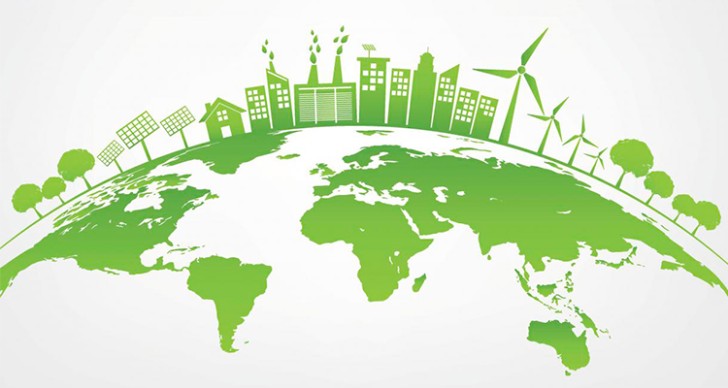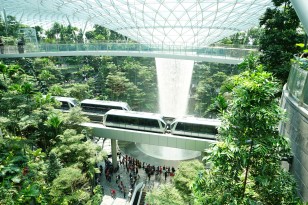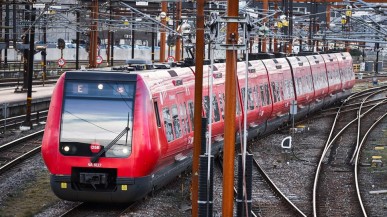
Blog / Disruptive Technologies
Circular Economy as a Countermeasure to Climate Crisis
Categories

As you might remember, the COP25 marked by fraught negotiations in early December, didn’t manage to tackle the climate crisis. It’s in that context, that we take a look at the circular economy as a medium to tackle climate change.

Image source: www.ellenmacarthurfoundation.org
Circular Economy Explained
Understanding the Circular Economy
As the term implies, the circular economy (CE) aims to replace the current linear economic model with a regenerative one that promotes the efficient use and reuse of resources. Moving away from the traditional 'take-make-waste' model to something more sustainable can help us address the challenges of the future. The circular model focuses on careful resource management, maximizing product lifecycles, and developing strategies for handling discarded materials. In essence, it is based on three core principles:
- Eliminate waste and pollution by design
- Keep products and materials in continuous use
- Regenerate natural ecosystems
A report by the Ellen MacArthur Foundation estimates that, when applied to industries like food production, cement, steel, plastic, and aluminum, circular economy strategies could significantly reduce global emissions. For example, these key industries could cut their emissions by 40%, and the food system could achieve a reduction of 49%, bringing them closer to their net-zero targets for 2050.
Beyond reducing greenhouse gas emissions, the circular economy offers numerous systemic benefits. It represents a multi-trillion-dollar economic opportunity, alongside social and environmental advantages. Financially, the circular economy has the potential to unlock up to USD 4.5 trillion and create as many as 6 million new jobs globally by 2030.
Circular Economy at SMART CITIES Explained
The application of the circular economy in energy and waste management was the main topic at the SMART CITIES BCN event last December. Albert Mateu, a professor in Zigurat’s Master's in Global Smart City Manager, moderated the panel, which included Verónica Kuchinow, an expert in industrial symbiosis, Maria Salamero from Aigües de Barcelona, and Cristina Guillén, an expert in energy efficiency and a professor in the same master's program.
Mateu kicked off the discussion by highlighting that citizens are the focal point of any smart city initiative. He noted that while many high-profile events focus on new technologies, it’s people who are truly at the center. He also pointed out that citizens are often wary of giving too much power over their data to governments or private companies, as demonstrated by the public backlash against the Quayside development on Toronto’s waterfront.
Maria Salamero emphasized the importance of regulatory frameworks. She argued that it’s unrealistic to expect citizens to adopt more sustainable behaviors if cities do not support these efforts with appropriate policies. For example, if people are encouraged to use fewer cars and more public transportation or bicycles, cities must invest in the necessary infrastructure to make those options feasible.
Cristina Guillén stressed that clear communication is essential for encouraging widespread adoption of circular economy practices. Without proper understanding, citizens are unlikely to fully embrace the concept’s potential. She highlighted the EU’s strong stance during COP25 as a positive signal that Europe is ready to lead in reducing greenhouse gas emissions. Guillén also cited Barcelona’s 22@ district as a model, where waste heat is repurposed for residential use.
Salamero agreed, noting that well-executed communication can lead to tangible results. She mentioned the success of a public awareness campaign that led to a 20% reduction in wet wipes reaching Aigües de Barcelona’s water treatment plants.
Verónica Kuchinow focused on the cultural shift necessary to embrace a circular economy. She emphasized that changing our economic model requires citizens, organizations, and public entities to find common ground and work together. To accelerate this transition, she argued, society needs to adopt a more collaborative mindset, facilitated by education and awareness.
In conclusion, the panelists agreed that the technology needed to drive significant change is already available. The challenge now is mobilizing people and aligning them toward collective goals.
Image source: http://www.evaballarin.com/



